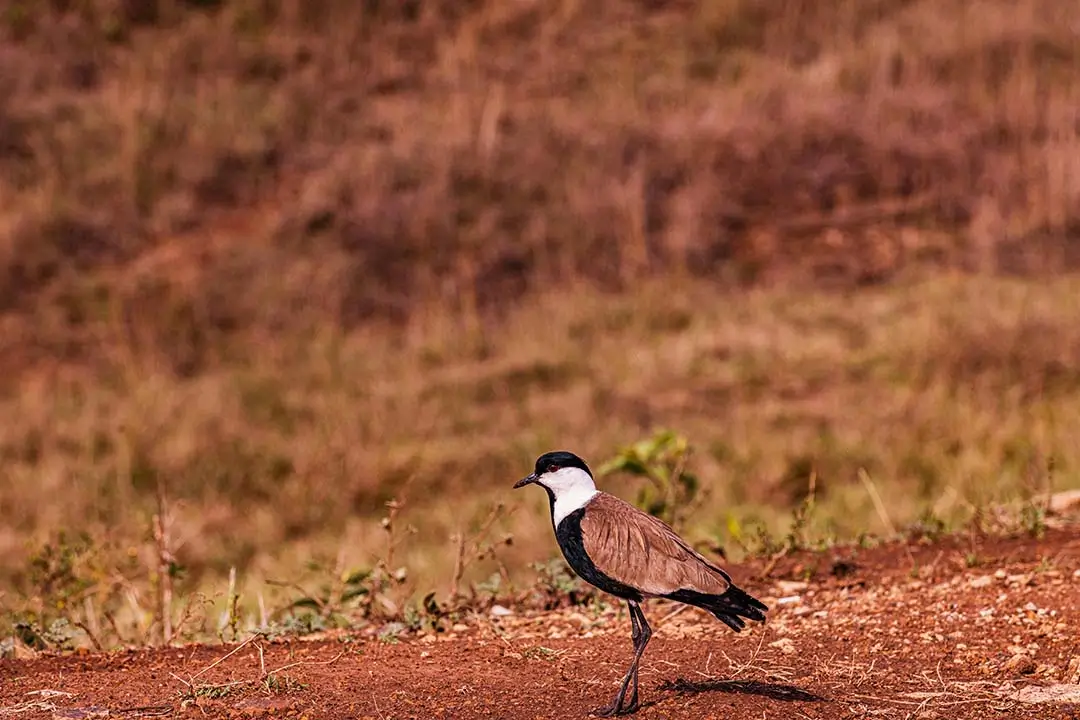
BIRDING IN
Lutembe bay wet land

BIRDING IN
Lutembe bay wet land

BIRDING IN
Lutembe bay wet land

BIRDING IN
Lutembe bay wet land
Birding here is done near new Lutembe beach located on Entebbe road at Namulanda. The bay area has trees, marshlands, and shrubs. Early in the morning is the best time to get to Lutembe as there is a lot of bird activity, as before the rising sun intensifies there are lots of insects flying around in the bushes and grasslands attracting lots of insect eating birds and make easy to spot as they feast on the insects. You can take a boat trip at the beach to see the birds.
Below is a list of recorded species at Lutembe; Red-chested Sunbird, White-browed Robinchat, Snowy-headed Robinchat, White-throated Bee-eater, Yellow-throated Greenbul, Black-headed Gonolek, Yellow-rumped Tinkerbird, Little Bee-eater, Plain-backed Pipit, Black-and-white Mannikin, Slender-billed Weaver, Pin-tailed Whyder, Spur-winger Lapwing, Golden-backed Weaver, Grey-backed Fiscal, Long-toed Lapwing, , African Jacana, Grassland Pipit, Blue-headed Coucal, White-faced Whistling Duck, Yellow-billed Duck, Long-tailed Cormorant, Yellow-throated Longclaw, Northern Black Flycatcher, Fawn-breasted Waxbill, Malachite Kingfisher, Rufous-naped Lark, Northern Crombec, Grey-capped Warbler, Brown-throated Wattle-eye, Broad-billed Roller, Common Sandpiper, Wood Sandpiper, Lizard Buzzard, Palmnut Vulture, Helmeted Guineafowl, African Wattled Lapwing, Swamp Flycatcher, Fan-tailed Widowbird, Winding Cisticola, Sooty Chat, Croaking CisticolaYellow-backed Weaver ,Blue-breasted Bee-eater, Green-headed Sunbird, Grey-headed Nigrofinch, Great Blue Turaco, Yellow-fronted Tinkerbird, African Blue-Flycatcher, Blue-spotted Wood-dove, Brown-crowned Tchagra, Tawny-flanked Prinia, Laughing Dove, Yellow-breasted Apalis, Willow Warbler, Spotted Flycatcher Purple Heron, Great Heron, African Pygmy Kingfisher, Yellow Wagtail, White-chinned Prinia, Barn Swallow, Grey-crowned Crane, Giant Kingfisher, Common Waxbill, African Golden-breasted Banting, Red-headed Lovebird, White-headed Sawing, Black-shouldered Kite, Diederik's Cuckoo, Klass's Cuckoo ,Whinchat, Wattled Starling, Black-and-white Shrike Flycatcher, Marsh Harrier, Glossy Ibis, Common Ringed Plover, Nubian Woodpecker, African Green Pigeon, Northern Puffback, Mosque Swallow, Stripped Kingfisher, Yellow Fronted Canary, Brimstone Canary, Grossbeak Weaver, White-winged Tern, Whiskered Tern, Gull-billed, Tern Lesser Black-backed Gull, Grey-headed Gull, Little Stint, Common Greenshank, Black-winged Stilt, Common Squacco Heron
Our Experts are ready to provide answers
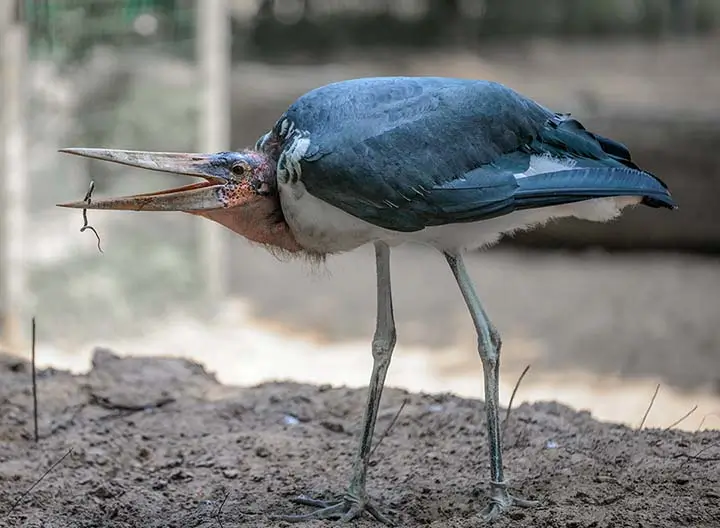
Ajai Wildlife reserve has several bird species and they include Shoebill, the Black-rumped Waxbill, Grey Crowned cranes, Marabou stocks, African fish eagles, Heuglin's Masked Weaver, Chestnut-crowned Sparrow-weaver.
Read More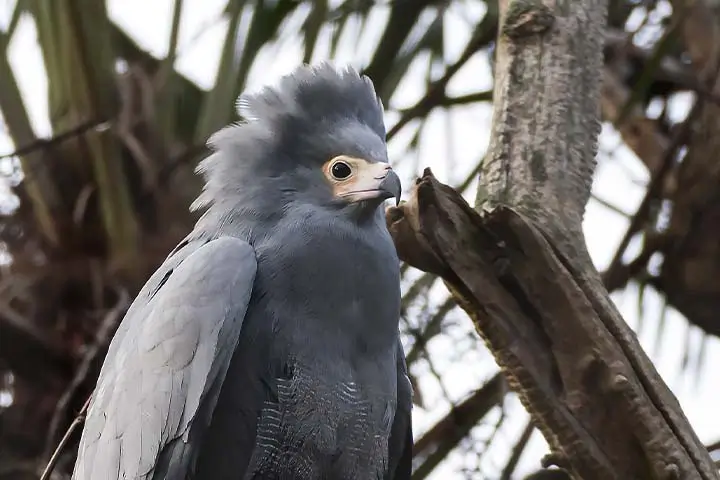
Bwindi is the Bird watchers haven as experienced bird watchers can identify up to 100 species in a day in Ruhija and Buhoma.
Read More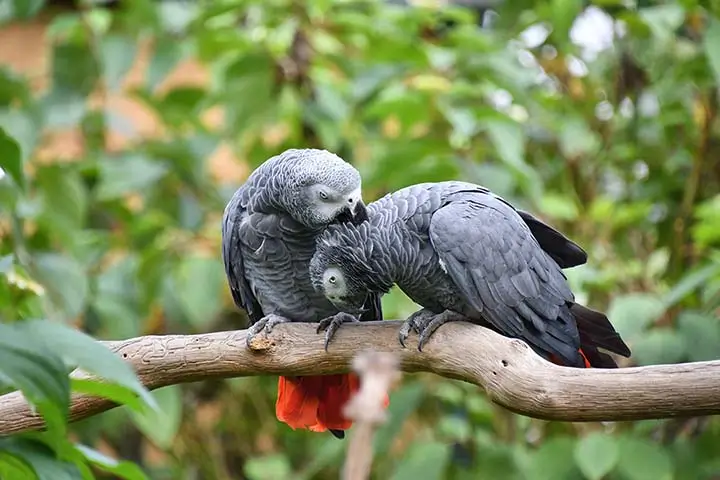
Kibale National Park has so many developed hiking/walking trails with the best birding spot being Bigodi wetland sanctuary where birders take visitors for a 4-hour walking trail.
Read More
The Apoka Rest Camp and Park Headquarters overlooking the swallow, southern Narus Valley is a grand spot to start your Kidepo birding.
Read More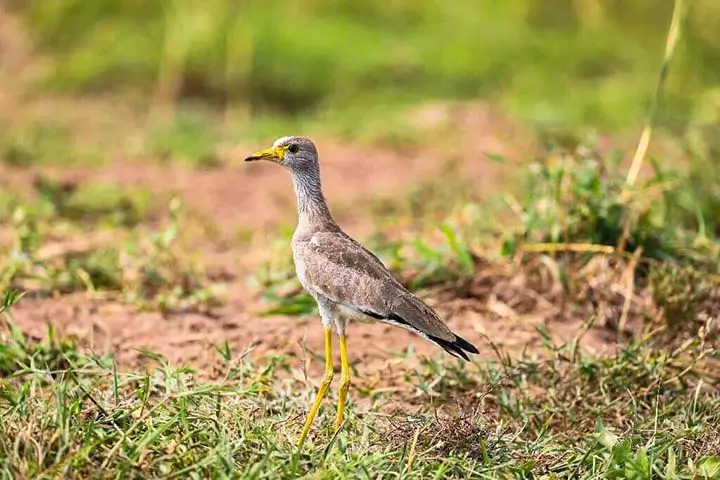
The best birding spots in the park include the swampy valleys of Warukiri and Miriti, and the roadsides between Rwonyo camp and the jetty. There are viewing platforms at the salt lick, in Miriti Valley, and in Rubanga Forest.
Read More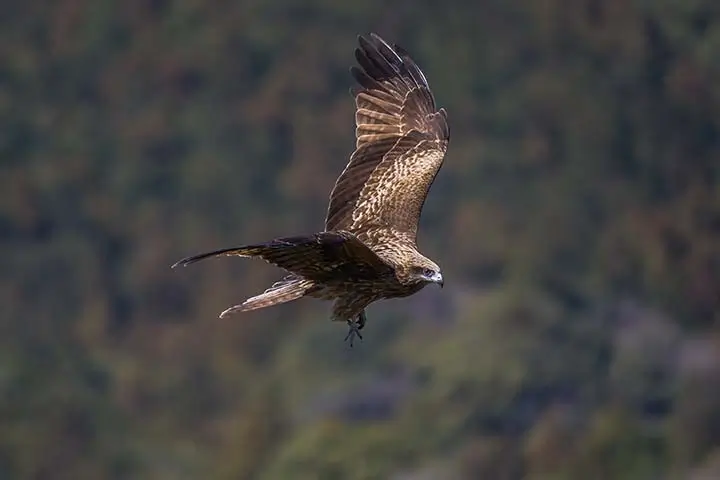
The Park is set apart with a unique bird fauna 79 bird species have been recorded within the park, including several species prevalent to the East Congo Montane region.
Read More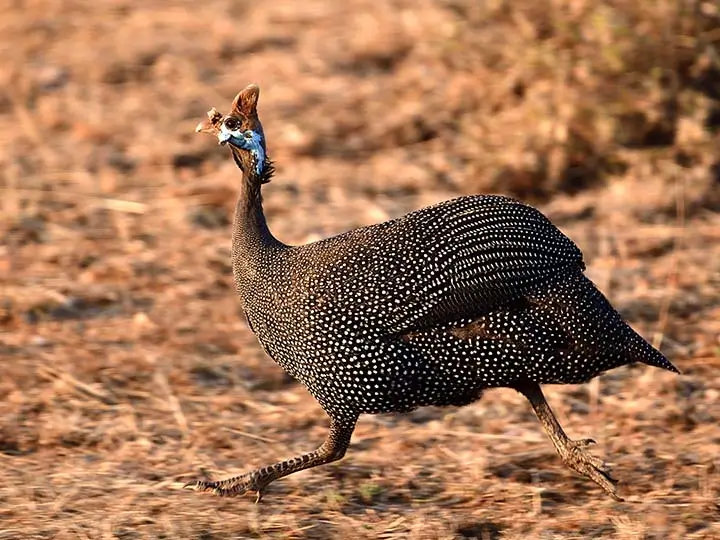
Excellent birding opportunities exist around Kapkwai Forest Exploration Centre, in particular in the secondary forest and thick shrub along the loop trails extended to cover Cheptui Falls.
Read More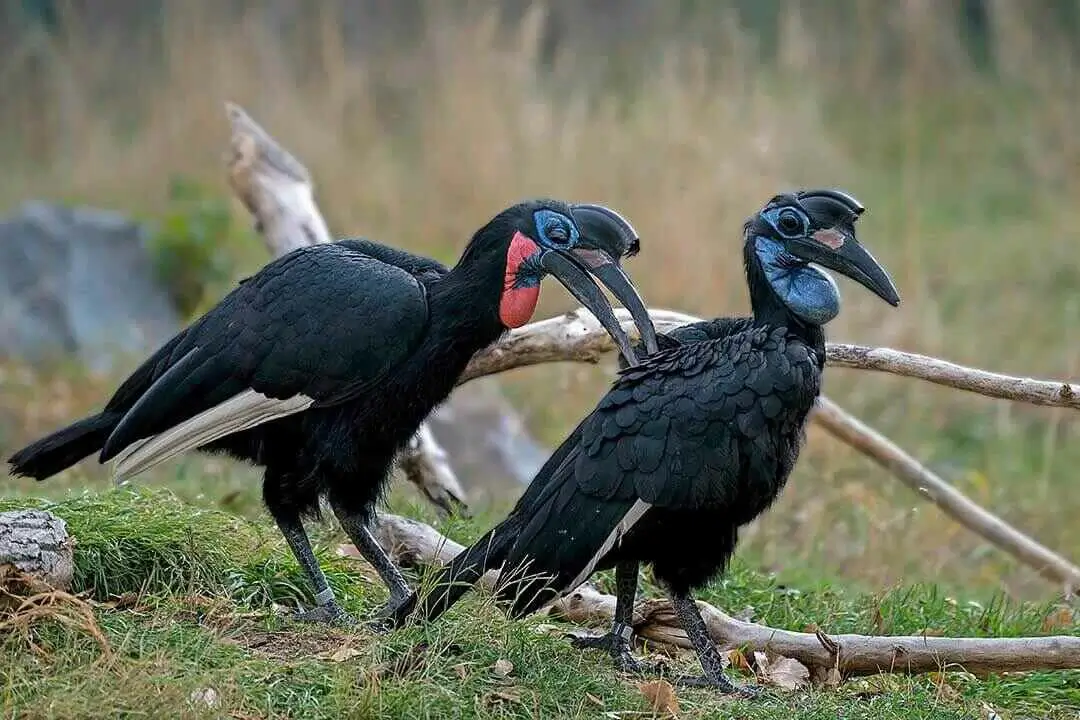
Over 500 bird species are known from the site. Falco naumanni is a passage migrant and Circus macrourus occurs on passage and in winter. Acacia woodland holds the largest known population of Agapornisfischeri, Parusfringillinus is resident and there have been recent records of Apaliskaramojae from Acacia drepanolobium woodland in the south-west of the site.
Read More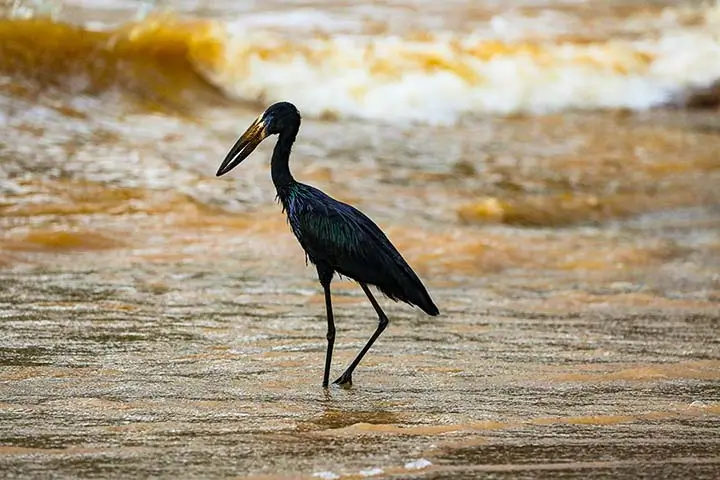
It has 611 recorded bird species in the Kazinga channel sanctuary which covers an area approximately 207kilometers.
Read More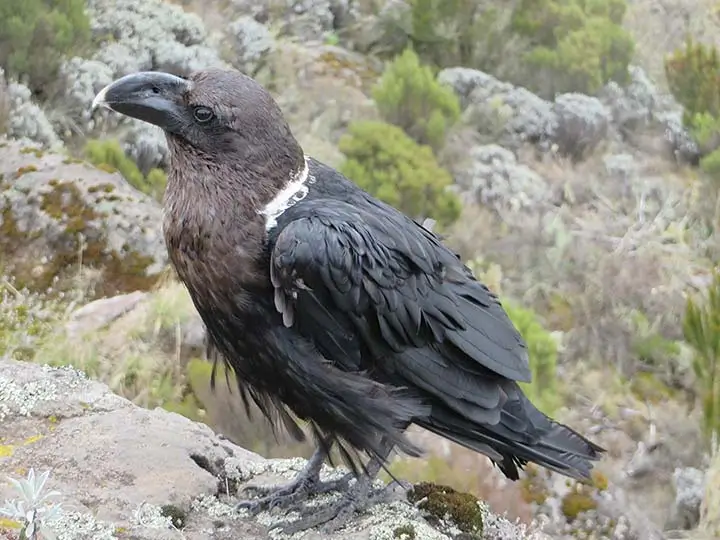
The park is one of the world's Endemic Bird Areas (EBA). There are up to 241 species of birds which is about 27% of Uganda's total. Close to 177 bird species live in the Afromontane forest and 19 species are endemic to the Albertine rift.
Read More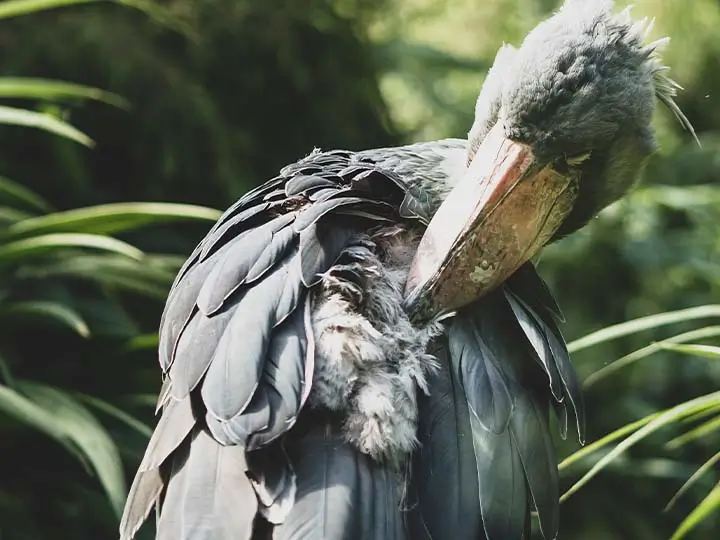
Birders who make it to Semuliki are always rewarded with some of Africa's best forest birding. Sempaya and Ntandi provide excellent viewing of the birds.
Read More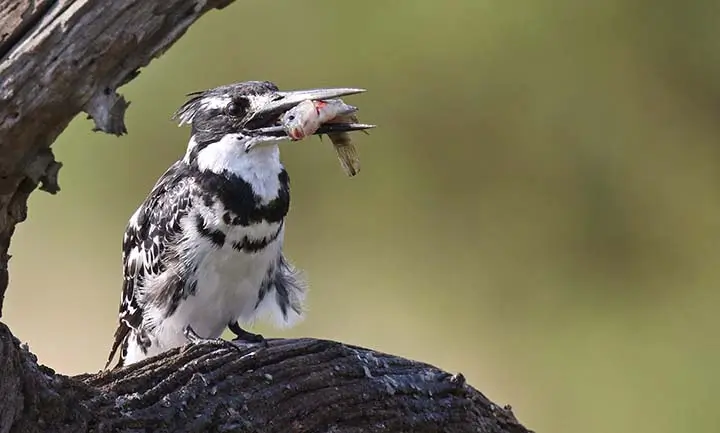
As compared to many other birding destinations within the country, This area of the lake has got over 200 bird species and some of these include;
Read More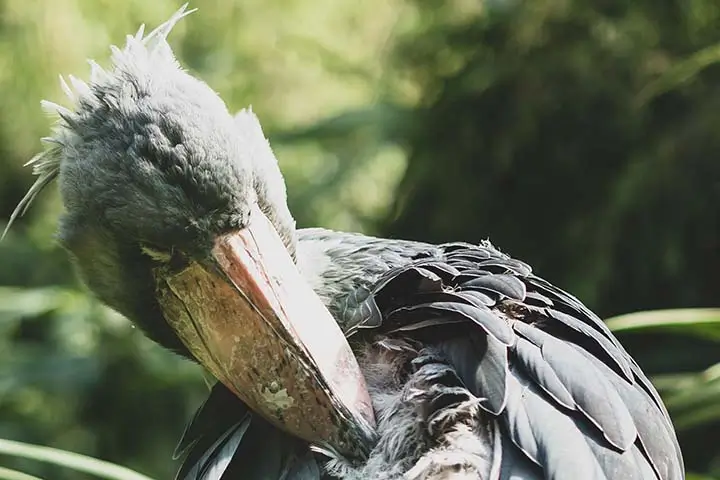
Located on the edge of Lake Victoria, Mabamba Bay Wetland is one of few places where the rare Shoebill Stork can be found. Mabamba Swamp is the most accessible and reliable with the best chances of seeing the Shoebill in Uganda.
Read More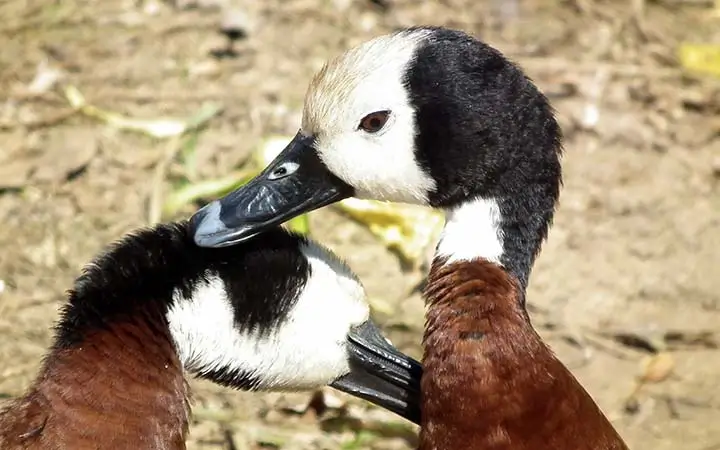
The Uganda Wild Life Authority has registered a reduction in bird species in Pian Upe, and Matheniko, Bokora game reserves due to the persistent drought that has dried up all water sources in the reserve.
Read More